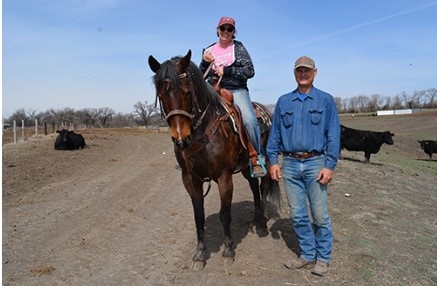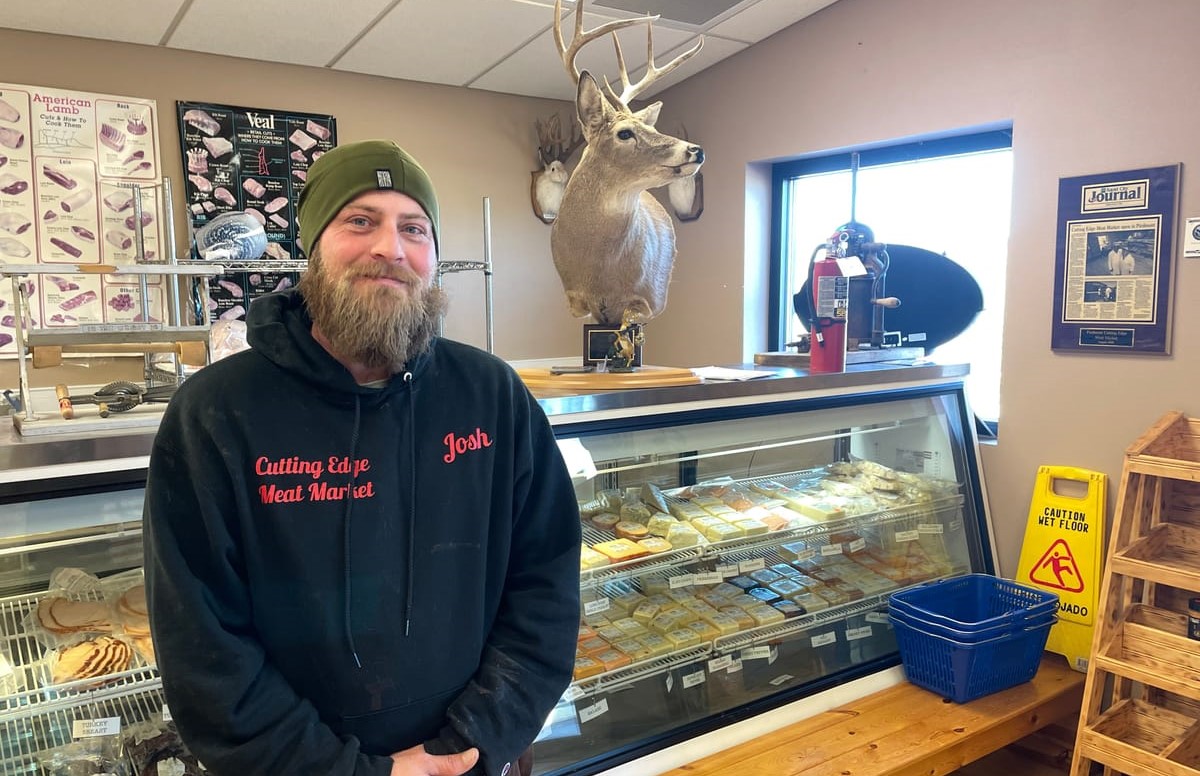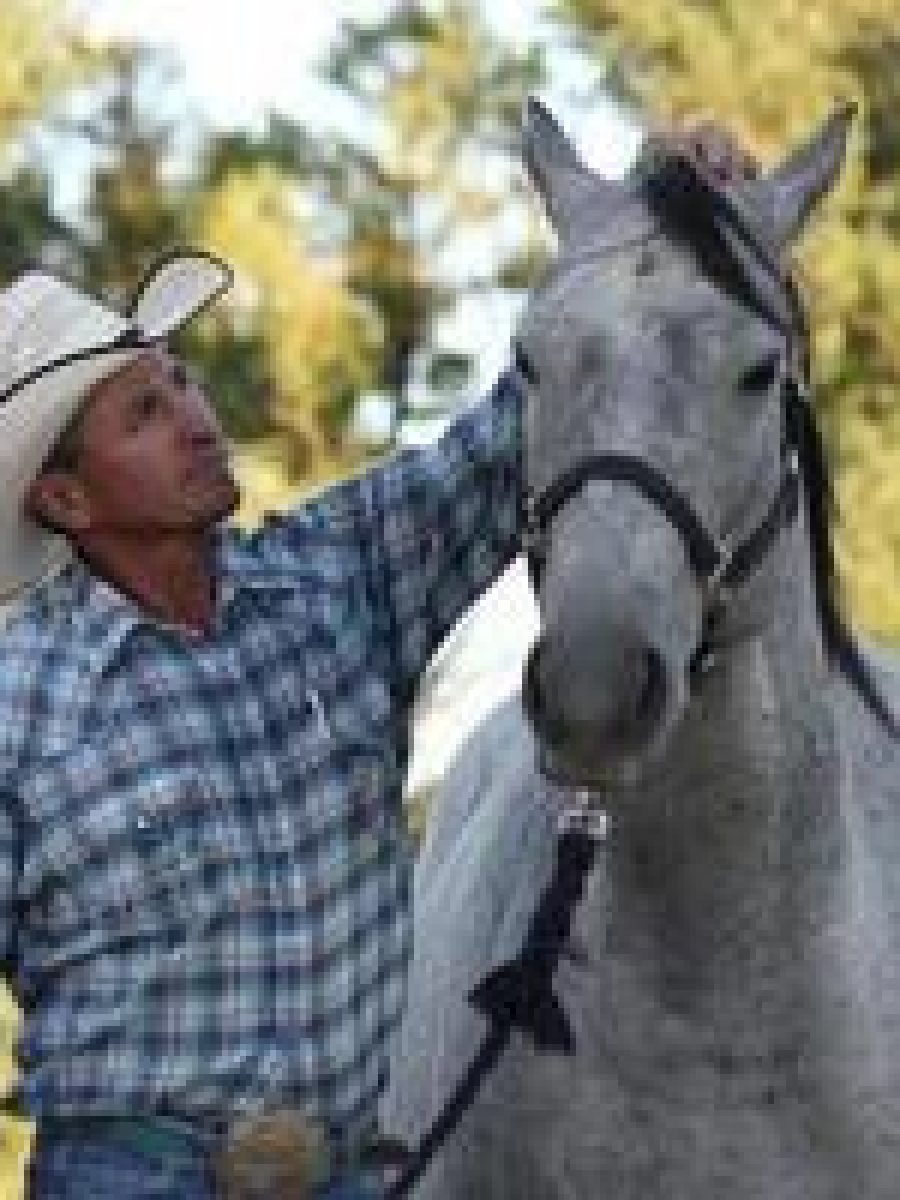WASHINGTON, DC – The USDA’s latest Cattle on Feed report had placements in May at the low-end of pre-report estimates. That, coupled with continued drought in parts of the country, could translate to higher cattle prices…eventually.
Scott Brown is a livestock economist at the University of Missouri. He observes that placements were down, suggesting there will be fewer cattle into late 2021 and into late 2022. He added that feedyards currently are still fairly full. On Feed June 1 came in at 100.2, which is the second highest June 1 inventory since the industry started recording that data.

U.S. pasture and forage conditions are nearly four times worse – at 45 percent rated poor to very poor – compared to the five-year average of 12 percent, according to Elliot Dennis with the University of Nebraska-Lincoln. The livestock marketing and risk management economist expects cattle pricing dynamics to be regional.
“Feedlots or stocker operations can buy calves cheaper in drought-affected areas like New Mexico, ship them to Nebraska and feed them cheaper than they could if they purchase more locally sourced cattle – which is what they typically do.”
Brown believes the drought – its severity and length – is a big factor to long-term impacts to cattle markets. He points to the latest Livestock Slaughter report that showed cow slaughter in severely drought impacted regions of Arizona, California, Nevada, and Hawaii was 58% higher than it was in 2019.












